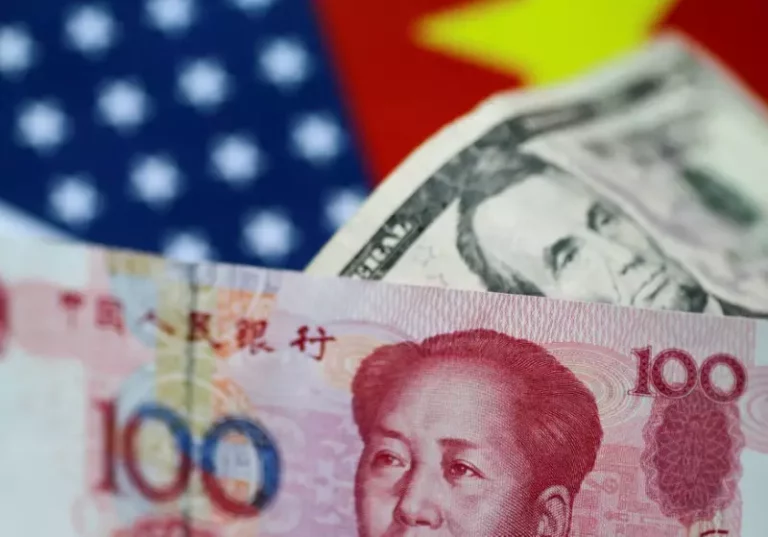The US Dollar Retreats Amid Positive Chinese Stimulus and Global Market Reactions

The foreign exchange landscape is witnessing a shift as the US dollar (USD) experiences a notable downturn after a consistent rally lasting five days. With an eagerness for risk reflecting positively on global markets, traders are observing an optimistic attitude largely inferred from enhanced stimulus measures introduced by the Chinese government. This timely round of funding initiatives has catalyzed not only the boost in Chinese equities but also a rekindling of interest across various international markets, thus enriching the overall risk sentiment among investors.
Financial analysts report that the recent actions taken by China’s government to underpin its faltering stock market have sparked a significant rally in Chinese equities, which in turn benefitted other markets globally, including major US indices like the S&P 500 and Nasdaq. Erik Bregar, an expert in FX risk management, pointed to the correlation between these Chinese measures and the consequent downturn in the USD, specifically how the affected dollar/yuan exchange rate contributed to the euro gaining traction against the dollar.
While the dollar index—a critical gauge of the USD’s strength against a basket of major currencies—was navigating a slight decline of 0.3%, analysts suggest that this retreat may be temporary, primarily driven by the uplifting measures instigated by China. As investors digest the implications of these market maneuvers, they are increasingly weighing the resilience of the US economy against potential external influences.
The Resilience of the US Economy
Despite the slip in dollar value, the underlying fundamentals of the US economy remain robust, reinforced by a shift in Federal Reserve (Fed) policy expectations. After a significant rate cut of 50 basis points in September, market speculation largely predicted another hefty reduction. However, recent economic indicators suggest that the US economic landscape is showing greater strength than previously anticipated, challenging previous forecasts of aggressive rate cuts.
Jane Foley from Rabobank highlighted the evolving narrative around the Fed’s intentions, indicating that discussions are now leaning toward a more tempered approach, possibly limiting the number of rate cuts before the year concludes. With futures markets currently reflecting a 95% probability of a modest 25 basis points cut next month, investor sentiment suggests a shifted focus to maintaining a healthier domestic economy.
Political landscapes also play a significant role in shaping currency values, particularly with the increasing probability of former President Trump returning to power in the upcoming November election. Speculations abound regarding his policies, especially concerning tariffs and taxes, as these are anticipated to contribute to sustained high-interest rates in the United States. Such outlooks are beneficial for the greenback in the long run, despite the short-term fluctuations.
Further evidence of the dollar’s vulnerability was observed in recent trading data reflecting a drop against multiple currencies, with the yen and euro notably gaining ground. This shift indicates a growing uncertainty surrounding the dollar’s trajectory, augmented by less favorable economic indicators, such as a slight decline in US housing starts.
The upbeat response from global markets subsequent to China’s stimulus measures wasn’t confined to the USD; the euro exhibited a modest rise against the dollar, reflecting a potential shift in market dynamics amidst waning dollar strength. Additionally, the Australian and Canadian dollars similarly benefitted from rejuvenated investor sentiment as commodity-linked currencies thrived within this context of risk-on trading.
As the Chinese yuan appreciated following the government’s stock market rescue efforts, it reinforced the broader trend of currencies responding positively to Feng and Fiancial indices improvements. The British pound also gained ground against the USD after encouraging retail sales data emerged, further illustrating how interlinked global economies are in these fluctuating circumstances.
The currency market navigates a dynamic landscape where external influences, governmental policies, and economic resilience converge. The recent fluctuations of the US dollar highlight the work of both domestic and international factors in shaping trader sentiment and investment decisions. As stimulus measures from China take hold and political landscapes evolve, the interconnected nature of currencies will continue to be a focal point for investors, potentially reshaping the broader economic outlook in both the short and long-term.





